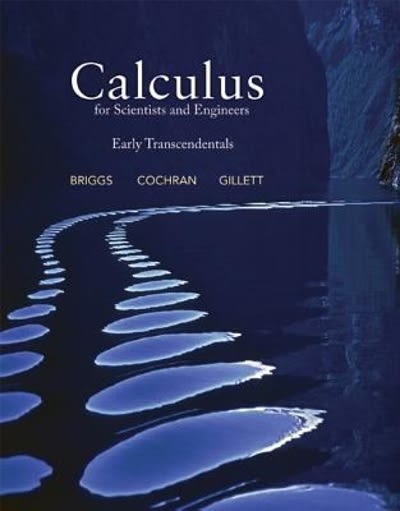Answered step by step
Verified Expert Solution
Question
1 Approved Answer
Create charts to represent the following data Table 1. Percent of severely obese population, 2013-14, 2016-17. Adjusted BMI percentile Severe Obesity Classification Total Pop, 2013-17
Create charts to represent the following data
Table 1. Percent of severely obese population, 2013-14, 2016-17.
| Adjusted BMI percentile | Severe Obesity Classification | Total Pop, 2013-17 | 2013-14 | 2014-15 | 2015-16 | 2016-17 |
| 95th - 119th percentile | Class I Obesity | 759 (81.70) | 200 (78.13) | 199 (79.60) | 179 (84.04) | 181 (86.19) |
| 120th percentile | Class II Obesity | 133 (14.32) | 48 (18.75) | 37 (14.80) | 25 (11.74) | 23 (10.95) |
| 140th percentile | Class III Obesity | 37 (3.98) | 8 (3.13) | 14 (5.60) | 9 (4.23) | 6 (2.86) |
| TOTAL | 929 | 256 | 250 | 213 | 210 |
| State | Average percent of overweight or obese children | Average percent of children on reduced or free lunch |
| California | 31.76 | 48.00 |
| Alabama | 21.85 | 19.75 |
| Nevada | 22.54 | 20.00 |
| Colorado | 20.65 | 18.25 |
| Delaware | 37.49 | 61.50 |
| Idaho | 37.01 | 56.00 |
| Kansas | 33.31 | 55.75 |
| Illinois | 43.57 | 82.00 |
| Florida | 29.38 | 36.75 |
| Michigan | 8.65 | 3.00 |
| Massachusetts | 35.89 | 55.00 |
| Virginia | 18.76 | 16.75 |
| North Carolina | 26.19 | 57.50 |
| Maryland | 18.85 | 2.00 |
| Ohio | 27.41 | 42.25 |
| Pennsylvania | 28.71 | 33.25 |
| Rhode Island | 15.11 | 7.25 |
| Tennessee | 19.28 | 2.75 |
| Wisconsin | 22.80 | 28.00 |
| Texas | 24.39 | 38.75 |
| Oklahoma | 44.85 | 76.00 |
| Hawaii | 13.08 | 4.00 |
| Maine | 18.00 | 2.50 |
Step by Step Solution
There are 3 Steps involved in it
Step: 1

Get Instant Access to Expert-Tailored Solutions
See step-by-step solutions with expert insights and AI powered tools for academic success
Step: 2

Step: 3

Ace Your Homework with AI
Get the answers you need in no time with our AI-driven, step-by-step assistance
Get Started


